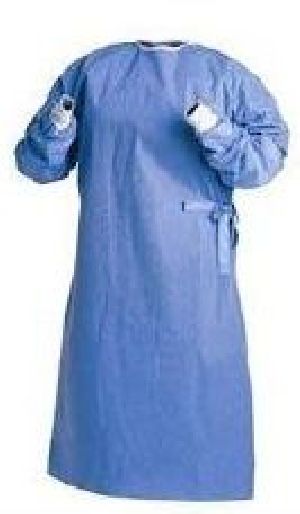

Remember that the outside of the gloves are contaminated – do not touch them with your bare hands. Healthcare workers that have been trained and are competent at removing their gown and gloves in one step may opt to do these steps together. When taking off or doffing PPE, the principle is to avoid contaminating your clothes, skin or mucous membranes with potentially contaminated PPE.ĭo not touch the front of the gown, eye protection or mask.Īnd most importantly, make sure you're very thorough when performing hand hygiene. Do this as far away as possible from the patient such as the door to exit the room. You will need to start removing PPE when you're still in the patient or resident’s room. If, at any point, your gloves become contaminated, replace them with a new pair after performing hand hygiene. Remember that the 5 moments for hand hygiene still apply even when you are wearing PPE. You are now ready to enter the patient or resident’s room. Place the protective eyewear or face shield over your eyes and face and adjust to fit.Įxtend these to cover the cuff of your long-sleeved gown. Next put on your protective eyewear or face shield. Refer to the manufacturers’ instructions for fit checking of individual brands and types of respirators.

If you are using a P2/N95 respirator, always conduct a fit check. Mould the flexible band to the bridge of your nose.Įnsure the mask is fitted snug to the face and below the chin. If there are loops at the side of the mask, secure these over your ears. Secure the ties or elastic bands at the middle of the head and the neck. A surgical mask is used for droplet precautions and a P2/N95 respirator for airborne precautions. Put on your surgical mask or P2/N95 respirator, whichever you are required to wear. Do the waist ties up at the back or side of your gown. Wash your hands with soap and water or use an alcohol-based hand rub.įully cover your torso from neck to knee and arms to the end of the wrists.įasten the gown at the back of your neck and waist. It is Important to don all PPE before entering the patient or resident’s room. Wherever possible, work with a buddy when putting on (‘donning’) and taking off (‘doffing’) PPE. Wearing PPE for extended periods can be uncomfortable, but it is very important that you wear the correct PPE when it is required. PPE includes a surgical mask or P2/N95 respirator, eye protection, disposable gloves and a long-sleeved gown. PPE is one part of the hierarchy of controls and should not be relied upon as the only measure taken to prevent transmission. PPE will help to protect you, and the people you care for. The correct use of PPE is critical to preventing the spread of infection, including coronavirus.

This video will help you learn the correct donning and doffing PPE procedure.


 0 kommentar(er)
0 kommentar(er)
